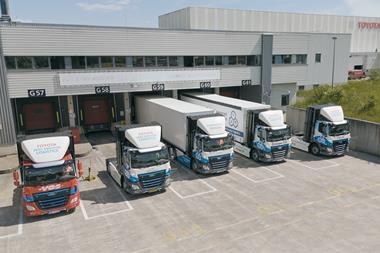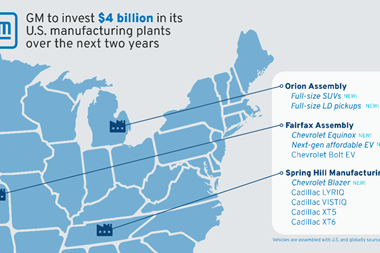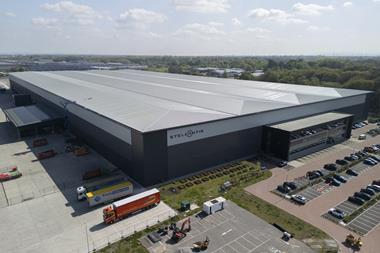
Carmakers and suppliers are being affected by the devastating floods that have swept Thailand, with Honda suffering the most direct damage due its location in the central province of Ayutthaya, which has been badly hit. Disruption to parts supply from supplier facilities there is also expected to affect production across the country.
The floodwaters, which are the worst on record for 50 years, have swept across 60 of Thailand’s 77 provinces over the past two months and are estimated to have affected 8.2m people, killing nearly 270. Latest reports anticipate that the flood could overwhelm barriers protecting the capital Bangkok as the government attempts to drain water out of Ayutthaya.
In terms of damage to industry, the floodwaters have broken barriers at the Rojana Industrial Park in Ayutthaya, which is a major production cluster for parts manufacturing as well as being home to a Honda production facility. While it is too early to estimate the total cost of damage, hundreds of cars waiting for delivery to clients are reported to have been submerged in water and the plant, like the rest of the park, has been effectively shutdown. The company produces as many 240,000 vehicles a year at the Rojana park. Transport to and from the facility is also said to be problematic.
“Honda's assembly plant in Ayutthaya is hard hit by the flood and is completely stalled,” confirmed Dhanes Mekintharanggur, director of APL Logistics Thailand, a logistics provider for the company.
Last week, the carmaker moved about 3,000 assembled cars from the estate to other areas but said that relocating its manufacturing facilities to elsewhere in Thailand would not be an easy matter.
Thailand is a burgeoning centre of automotive production for some of the world's biggest manufacturers. Luckily for most, their assembly plants are found in eastern Rayong province, which has not been badly affected by flooding as Ayutthaya. The main regions of damage are in the centre, north and northeast. However, disruption to parts supply from Ayutthaya is expected to effect production across the country.
“Although other OEMs' plants are primarily located in Bangkok or Eastern Thailand, their operations are impacted by a disruption in parts supply out of Ayutthaya,” Mekintharanggur told Automotive Logistics.
He went on to say that OEMs were reviewing their production schedule with parts manufacturers on a daily basis on the availability of parts to feed into their assembly lines.
There are around 20 car part plants in the region affected by the floods, accounting for 10% of the total parts production of the country.
“With the unpredictability in inbound supplies and the potential of a flood hitting their own plants over the coming days, most OEMs have taken the cautious approach by putting their assembly lines to a lower gear,” said Mekintharanggur. “Many are slowing down to just one shift a day; some are deferring assembly until next week.”
What might also be of concern for the automotive industry, given recent shortages after the tsunami in Japan, is the impact on microcomponent supply, given the prevalence of electronic suppliers in the Trojana and Saharat Nakorn industrial estates. Thailand is expected to implement similar measures in dealing with inventory shortages to those that followed the March earthquake in Japan.
For its part Mekintharanggur said APL Logistics was working intimately with its OEM customers to prepare and implement contingency plans that will minimise the impact. These include putting trucks on standby pre-loaded with parts in case of an urgent delivery requirement and transferring parts and finished vehicles to areas protected from the flood.
The company has also set up contingency offices and sites to back up its operations and continues to closely monitor the flood situation, providing the latest intelligence and recommending alternative delivery routes.



































